Simulated concreted-block retaining wall
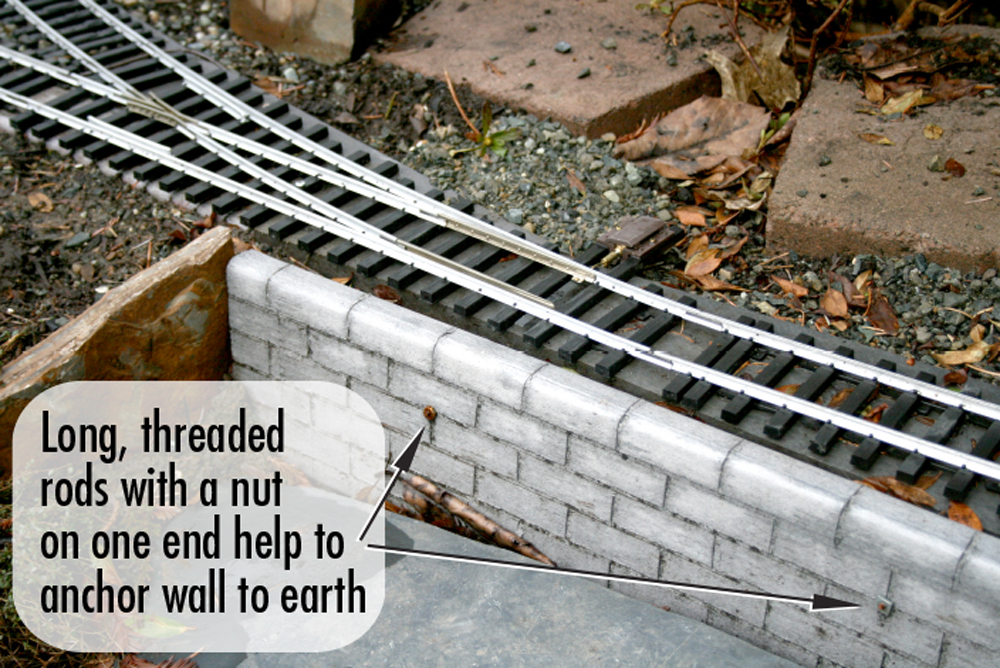
In real life, large concrete blocks (2′ x 4′) are often used to build retaining walls above and below roadways. To represent such a wall, start with a 1″ x 5″ gray colored piece of Trex or similar “plastic” wood. Cut it to your required width and length. With a table saw or radial-arm saw, cut 1/16″ (or less)-deep grooves, 1″ apart, lengthwise. Using a 1″-wide cold chisel, hammer in alternating vertical groves in between the cuts, 2″ apart. Long, 1/16″-diameter threaded rods can be inserted through holes drilled in the wall, into the dirt behind to provide additional holding support. —Norman Baullinger, Bellevue, Washington
“No rush” plastering for indoor layouts
Having once tried mountain-making indoors using strips of paper towels dipped in Hydrocal or plaster and laid over a form, I learned to my dismay how quickly plaster-type products set up. If you use drywall joint compound (available in 1- and 5-gallon premixed tubs in many hardware stores) and dilute it with water to the consistency of pancake batter, you can make up large quantities in advance, then dip and drape with no need to hurry. It will take many hours to set up.
After the layup dries, you can add one to three overcoats of thicker batter with a paintbrush (let it dry between coats) to add strength, then later add undiluted compound with a putty knife to carve rock formations. The final product will not be quite as strong as plaster but should be adequate. —Tom Beckett, Santa Cruz, California
Switch-throw rods
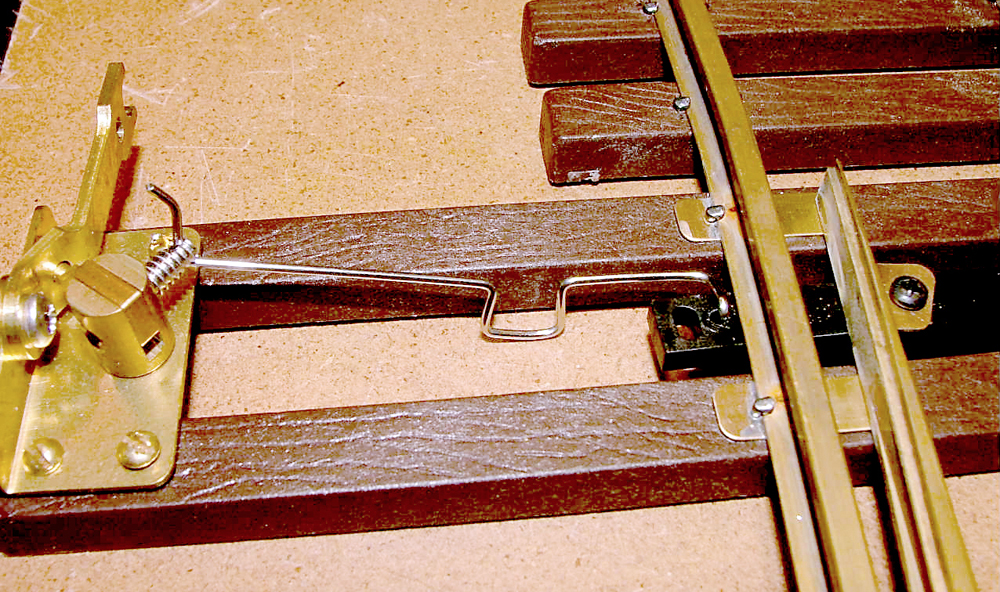
I use Sunset Valley switches and switchstands. I needed a stiff wire throw rod to connect the switchstand to the switch. A modified paper clip worked well for a few months, until it started to rust. I tried the hardware stores and hobby shops for stainless-steel rods, with no luck.
Then a light bulb came on—fishing tackle. I’m not a fisherman so I don’t know exactly what they use it for, but my local fishing supply store carries packages of 7″-long stainless-steel rods in several different diameters. Rather than making a direct connection from the switchstand to the switch, I put a loop in the wire that acts as a spring to provide strong, positive contact between the point rail and the stock rail in both positions. —Tom Gaps, Milwaukie, Oregon






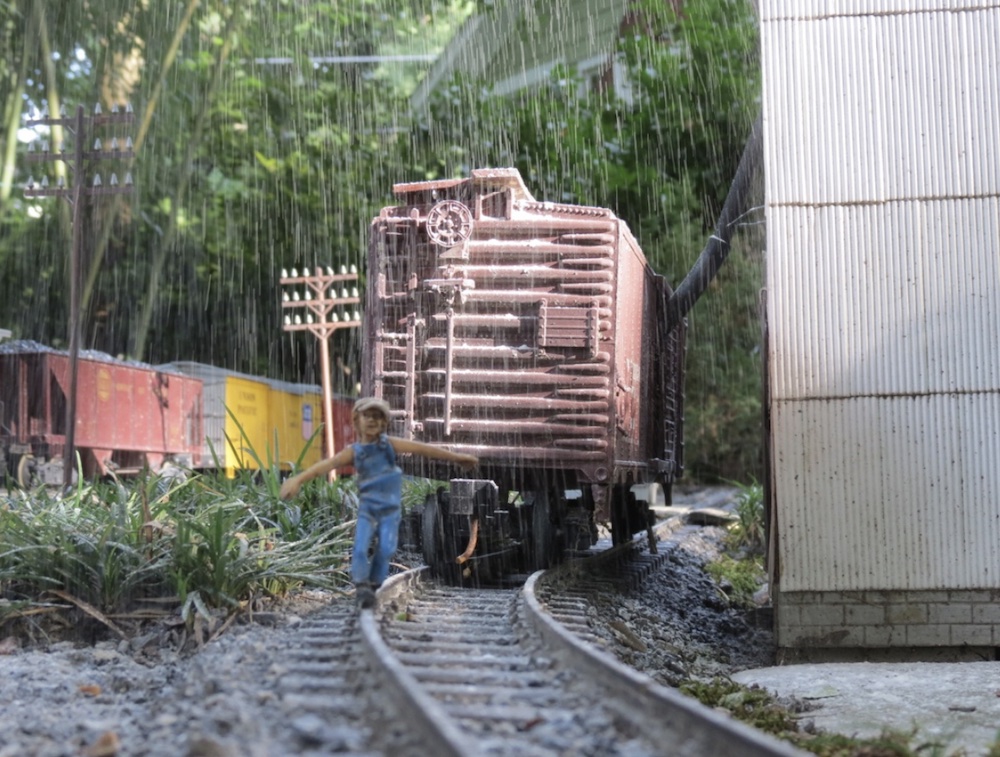
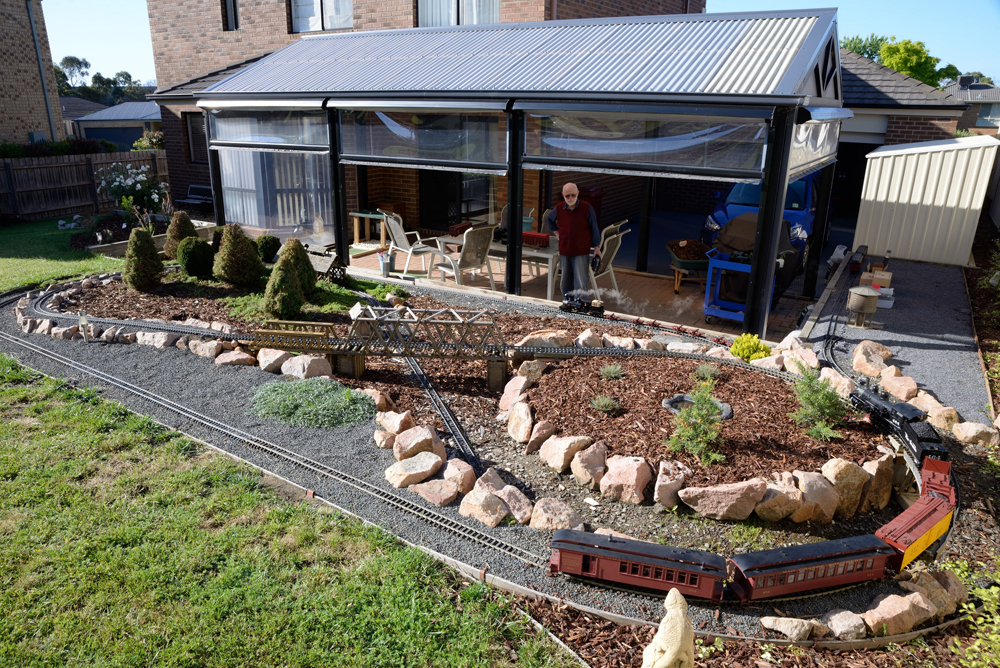
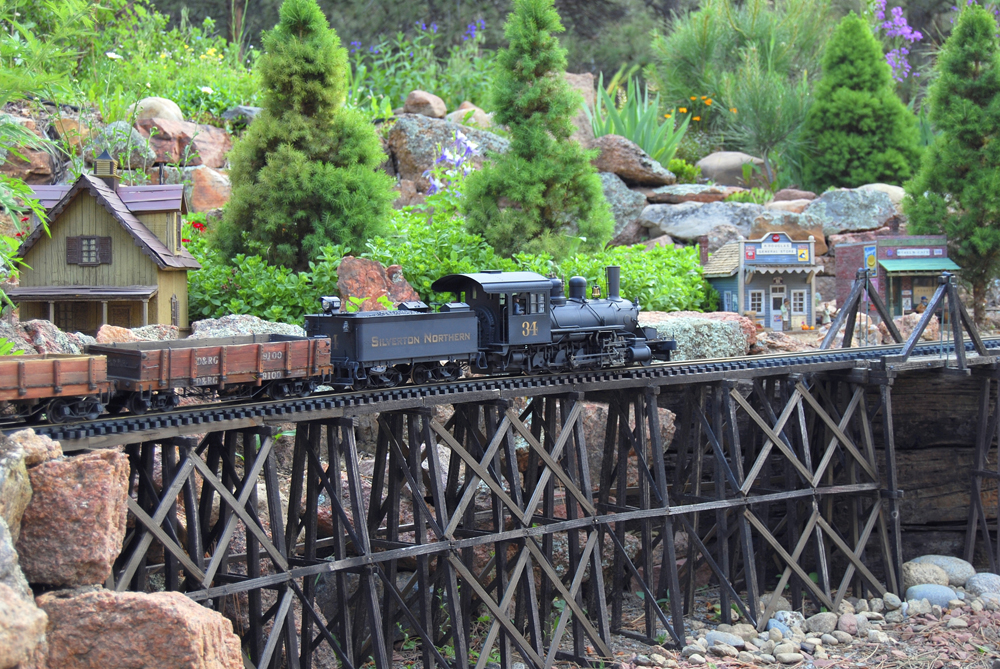
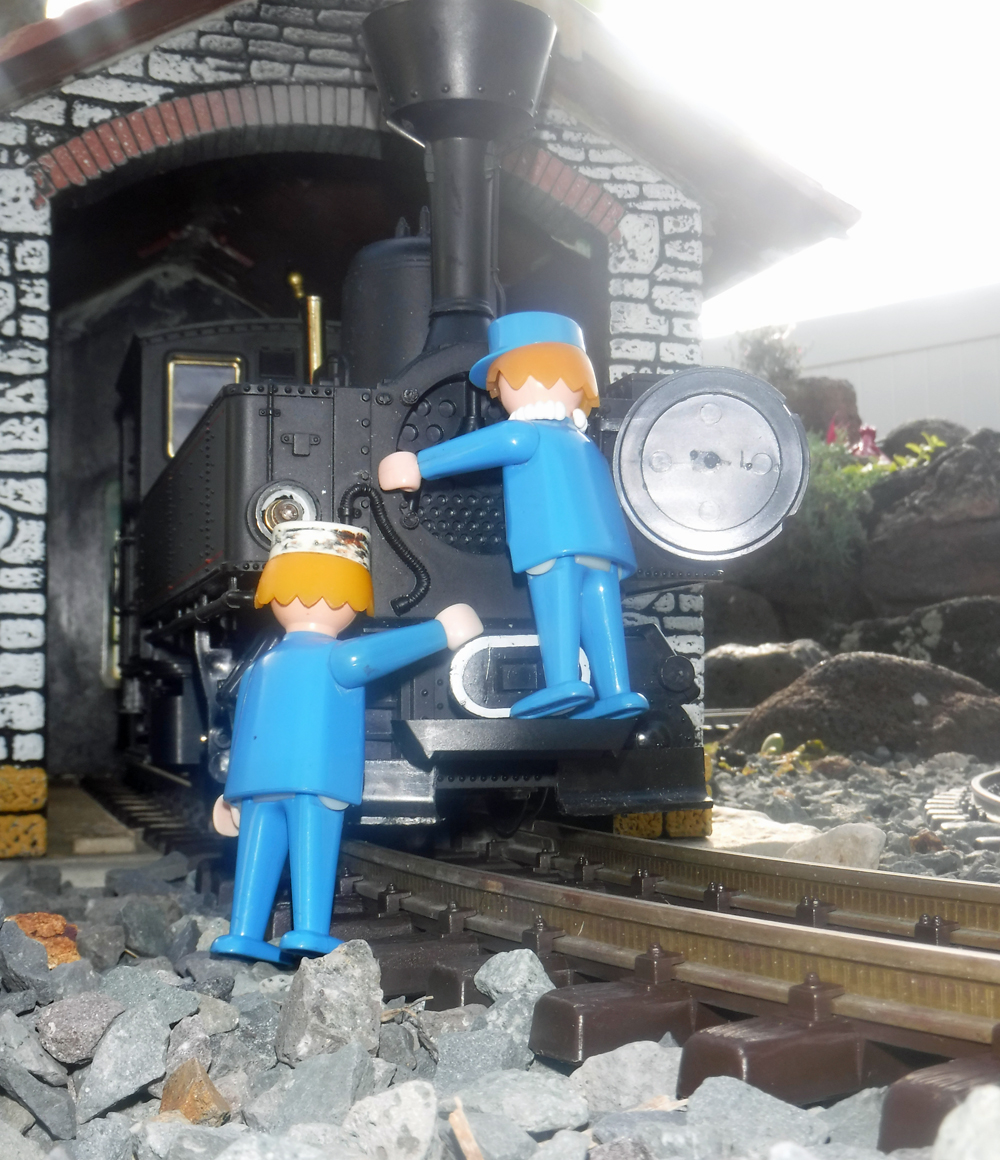




They are called “Soil Nails” used in vertical and horizontal infrastructure, you have just scaled it down. Next will be retaining walls.